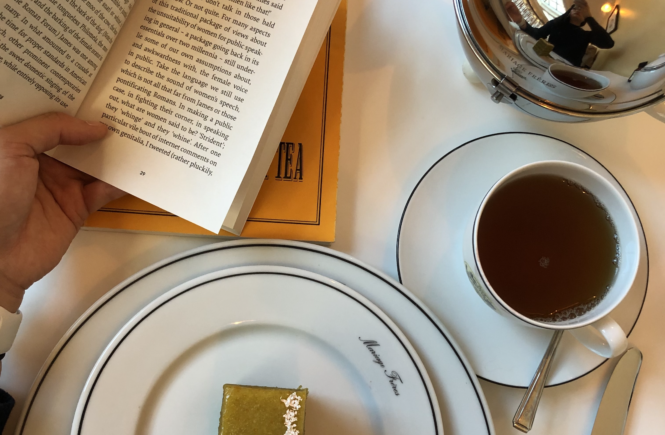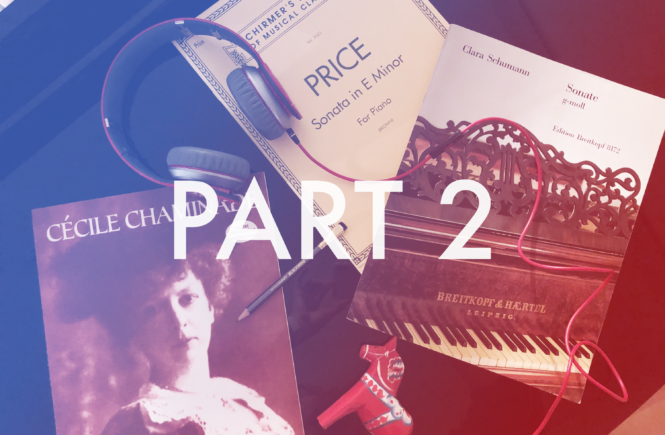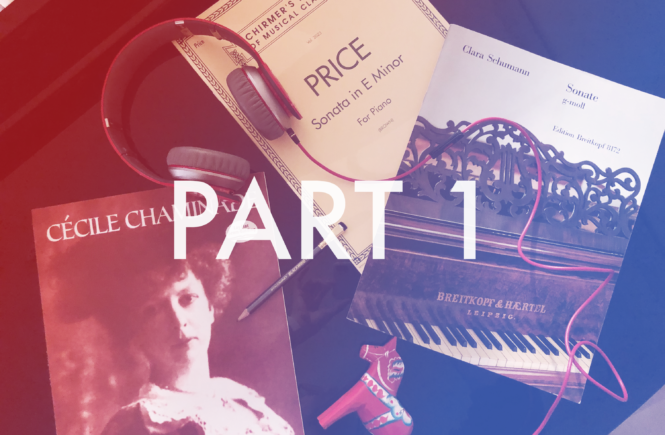Thoughts
-
2020 in Books

Although I am, at this point, really dragging, unable to get back to any emails in a reasonable amount of time, and needing to lie down multiple times a day, I am gritting my teeth and making myself write this post, because it is February 2021 and if I don’t get around to this now,… Continue reading

